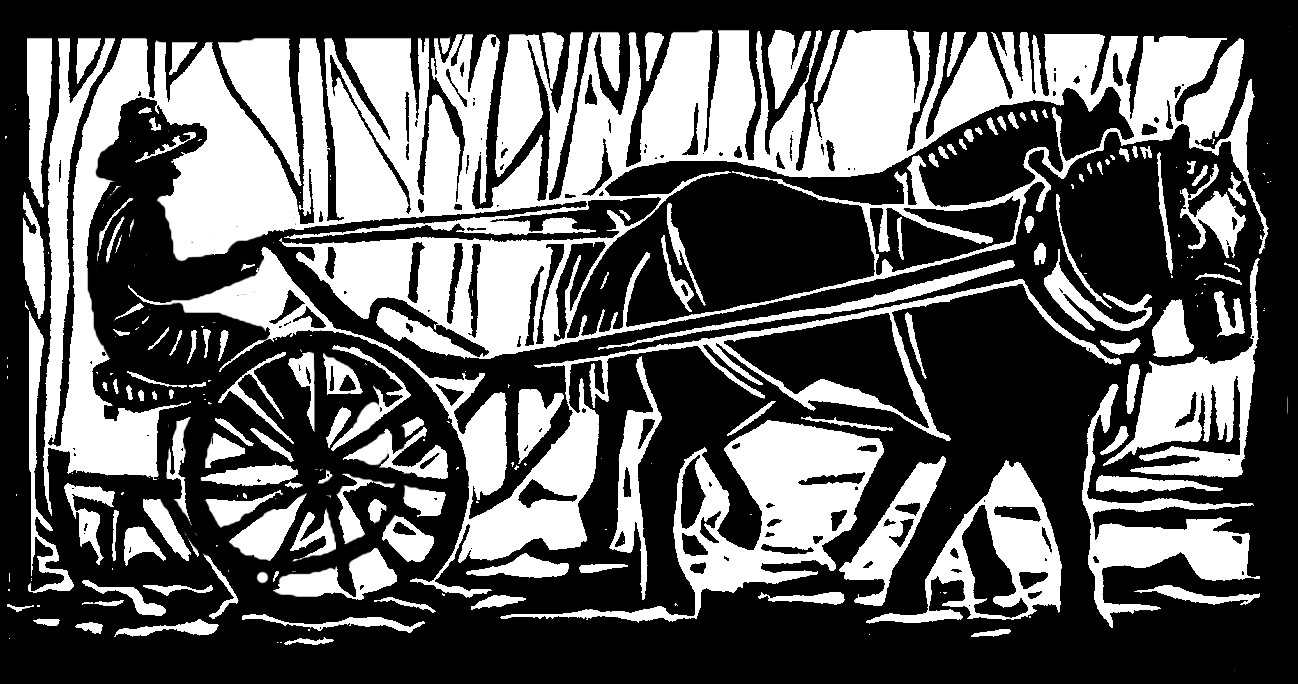Weeds are a farmer's friend. Well, sort of our friends. At least they are firm acquaintances, and we've come to know their quirks and habits by long association. They come back, year after year, in dependable succession. Some have lovely flowers and interesting names; some are edible and easy-going; some are deep-rooted and determined. We always say it's a good thing those determined perennial weeds appear first, in the spring, when a vegetable farmer still has abundant energy and will to entertain the first of the weed visitors.
Morning Glory: When our daughter was very small, and just learning weeds, she called Morning Glory “Glorintine.” Thus we have two nice names to call this perennial, in the rare moments when we're not calling it not-so-nice names. Glorintine has a pretty cup-like white flower, but if we get to the flowering stage, we're in trouble, because it means the glorintine has already twined and vined itself with incredible vigor and strength around any and every available vegetable. Recently it took me and a pair of clippers more than an hour to free eight suffering pepper plants from flowering Morning Glory bondage.
Quack Grass: Some people call this couch grass, or quitch grass. Along with Morning Glory, it is our most difficult perennial weed. Quitch is enough to make a farmer twitch, quack, and want to lie down on a couch (though it is pronounced “cooch.” But we'd be happy to lie down on a cooch, too.). It spreads by long white roots underground until it has colonized the entire garden, requiring a weeding revolution, and a fair amount of farmer foaming-at-the-mouth.
Hairy Galinsoga: This is often the first of the annual weeds, and it is speedy, coming to flower (and shortly after to seed, spreading itself everywhere, fast) in only 21 days. It has tiny white daisy-like flowers, and a tough root system that likes to dislodge neighboring vegetables when we pull the weed out. Old H.G. also has an alternate name on our farm. I grew up in a cheddar and American cheese household, whereas my farming fellow's family was morely likely to venture into Brie and Gorgonzola. When I inadvertently said “Hairy Gorgonzola,” my fellow thought this was riotously funny, and now we have lots of hairy, cheesy weeds around.
Red-Rooted Pigweed: We like this weed. It has a good name too, with many variants: purple or common or pigweed amaranth. Best is that it pulls up easily, not disturbing the vegetables nearby, even when it is very large. It does grow fast and has a scratchy flower bud, but we don't mind; it's just such an easy-going weed. When our girl was little, she would start out by weeding everything out of the row of lettuce. Then she would weed out only the weeds she liked; pigweed was one of the ones she liked. (Next she would start playing with the weeds, making families and stories. Then it would be time to go in for a snack.)
Lamb's Quarters: is also known as wild spinach, and some people eat it. In fact, when we had a friend visiting, a friend who finds edible weeds very interesting, he picked a lot of lamb's quarters, laboriously plucked off the tiny leaves, and put them in a basket for our CSA members on harvest day. There was even a sign: “Wild Spinach.” Our CSA members looked with mild interest at this little basket full of little pale green leaves, and then sidled over to the harvest crate full of big dark green hearty civilized spinach. But sometimes I eat a leaf or two as I am pulling it out of my carrots and beets, and I feel very thrifty and wildcrafty indeed.
Purslane: A fleshy, floppy kind of weed, purslane is also edible. It has a tart, almost lemony taste. Recently, we had a Weeding and Ice Cream Party for our CSA members. Undaunted by the knee high weeds in our Brussels sprouts patch, the good members waded in and weeded. Along the rows, we offered the copious purslane up for samples. One person nibbled doubtfully, shook her head, and said “Hmm, I'm not getting lemony.”
Another person took armfuls home for her salad, which just goes to show how weeds really are our friends, and it's good that they visit the farm regularly. After all, If a vegetable farmer doesn't produce enough produce, there's always plenty of weeds for people to eat. Yum.
Originally published in the Monadnock Shopper News, August 30-Sept 5, 2017
